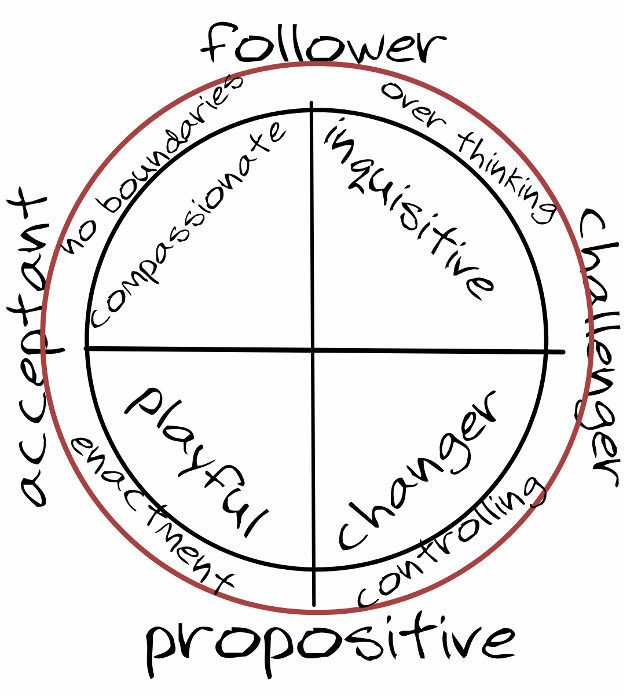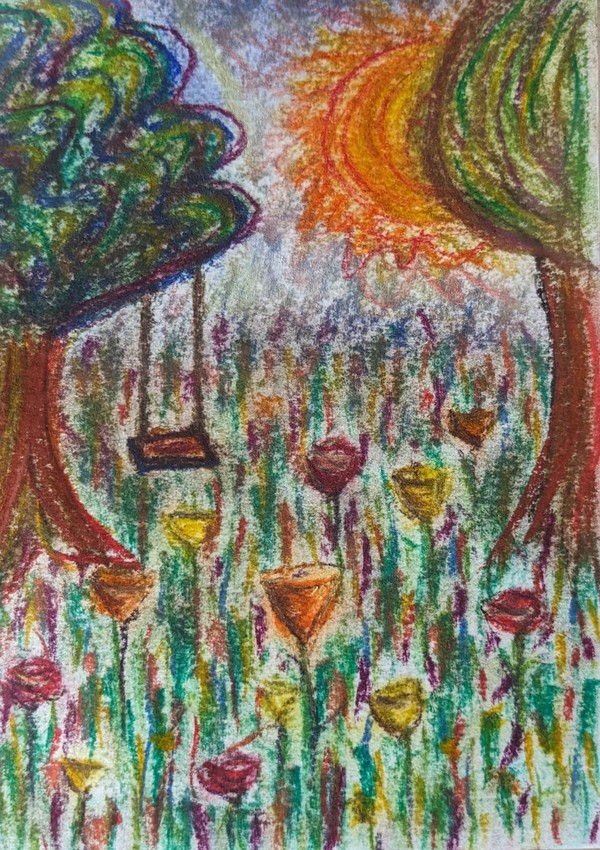Therapeutic Positions
Therapeutic Positions
Therapeutic Positions
Caring or therapeutic positions aim to show the complexities of our caring and how we can move and be more open to different ways of work. It also help us to see our prefered positions and therefore style.
This model unpacks some of the most important elements of our psychotherapy landscape. Yes, even more than the components and philosophy.

Each of the positions can be balanced, or polarised. When it gets polarised we can see ourseves in a shadow side of our care, represented in the circle.
Compassionate

Description: Follows and accepts. Type of therapist that welcomes and holds anything that the client brings. Its words and interventions are soft and give a feeling of wholesomness. They never make you feel uncomfortable, nor challenge any of your comments. They are patient and no mater what you do, always see it in a good light. The Compassionate position make us feel close to other's feelings and suffering, giving lots of space to express other people's experience. In this position we follow the rhytm of the other person avoiging interruptions
Shadow: When we polarise into it we may have difficulties with setting boundaries, which means that we tend to put others before ourselves. Lack of boundaries, clients abusing the ‘good’ therapist.
Traditions: Person Centred, Focusing, Relational Psychoanalisis.
Authors: Rogers, Jung, Stolorow, Orange
Inquisitive

Description: Follows and challenges.This type of therapist follows the client's process silently and awaits the right moment to comment or say a few words. They work by finding details in what the client brings that may trigger internal processes. They are subtle and make you feel they know something you have yet to figure out. The Inquisitive position invite us to analyse and collect information to find clues of deeper conflicts and underlying dynamics.
Shadow: When we polarise into it we may find ourselves over-thinking and detached from the present emotional dynamic.
Traditions: Traditional Psychoanalysis, Lacanian psychoanalysis, Jungian analysis.
Authors: Freud, Klein, Bion, Kernberg
Playful

Description: Proposes and accepts. A type of therapist who tries to bring new things to the session to help the client process and move forward. They see many opportunities to help through little exercises like art-making, meditation, and role-playing. The goal is to activate the client's own processes by creating spaces of insight. The Playful position invite us to create activities that can mobilise emotions, so we can process them.
Shadow: When we polarise into it we may have problems with enactments, risking our unconcious to engangle and bring forth primitive dynamics. These being concious can be therapeutic, but a shadow enactment usually comes in the wrong timing.
Traditions: Gestalt, Psychodrama, Play Therapy, Art therapies.
Authors: Perls, Moreno, Winnicott
Changer

Description: Proposes and challenges. The type of therapist who wants to promote change in the client by bringing exercises, homework, and a battery of solutions. They have an answer for everything and a tool for every problem. They are on top of what is happening and will try to help you feel better soon. They tend to be pragmatic, enthusiastic, and encouraging. The Changer position invite us to encurage change in our clients by directly finding solutions, new behaviours, or exercises.
Shadow: When we polarise into it we may become controlling, not giving enough space for the other to express their deeper feelings. Controlling the situation and not giving space for the client to express all their angles.
Traditions: Cognitive Behavioural, Integrative approaches
Authors: Beck, Elis